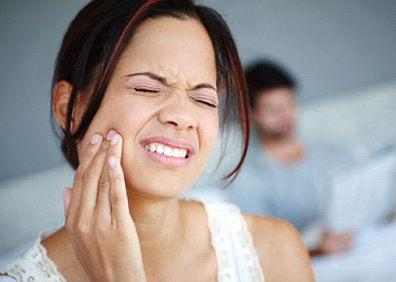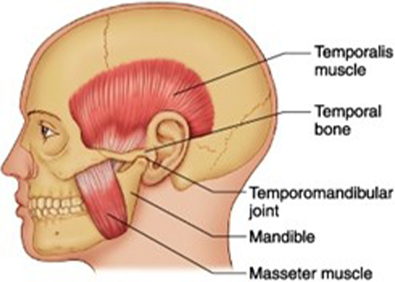
Teeth grinding, also known as bruxism, can really do damage to your pearly whites, especially if you don’t realize that you have this habit. Individuals who suffer from nocturnal teeth grinding often do not consciously recognize that they are doing it while they are asleep.
According to Science Daily, approximately 15% of the population grind their teeth during the night, and is commonly associated with younger people. However, nocturnal teeth grinding can impact anyone of any age. Many researchers have investigated whether nocturnal teeth grinding is linked to the development or worsening of temporomandibular joint disorders (TMD). The temporomandibular joints connect your jaw to the skull, and when disfunction occurs can result in common symptoms like pain, trouble chewing, and trouble opening the mouth.

A recent study performed by researchers at the University Clinic of Dentistry of the Medical University of Vienna discovered that specific shapes and locations of teeth may contribute to temporomandibular joint disorders due to teeth grinding. The study was published in the Journal of Advanced Research.
Teeth grinding results in harmful forces exerted on the teeth and jaws, which sometimes leads to tooth and jaw pain, along with wear and tear on the teeth. Tooth surfaces affected by grinding are commonly deemed as wear facets, which are often characterized by flat or rounded edges of the teeth.
Their results suggest that teeth grinding may have an influence on the mechanical load on the temporomandibular joint. Using a computer model of the mouth, including the jaw bones and muscles, the researchers evaluated the shape/angle of inclination of the tooth’s cusp affected during grinding movements, as well as the location where the tooth contacts during grinding. They simulated 12 unique scenarios of side-to-side teeth grinding motions.
Lead researcher Benedikt Sagl stated,”Our results show that both the inclination and location of the wear facets have an influence on the strength of the mechanical load on the temporomandibular joint. However, it would appear that the decisive factor is the steepness of the grinding facet. The flatter the tooth, the higher the loading on the joint and therefore the higher the risk of a TMJ disorder.” On the same note they found that the tooth’s surfaces involved in bruxism with a steeper angle of inclination had a lower joint loading even with the same grinding force. Future research is necessary to establish a true correlation, but it is a good steppingstone for more research that is now being conducted.
References:
https://www.sciencedaily.com/releases/2022/03/220303112217.htm
https://www.wicenskidental.com/storage/app/media/TMJ_anatomy.jpg
